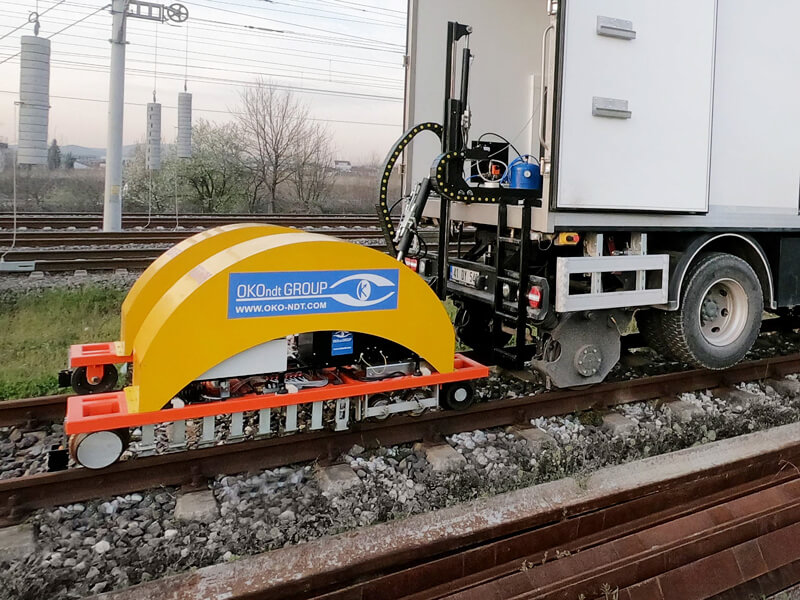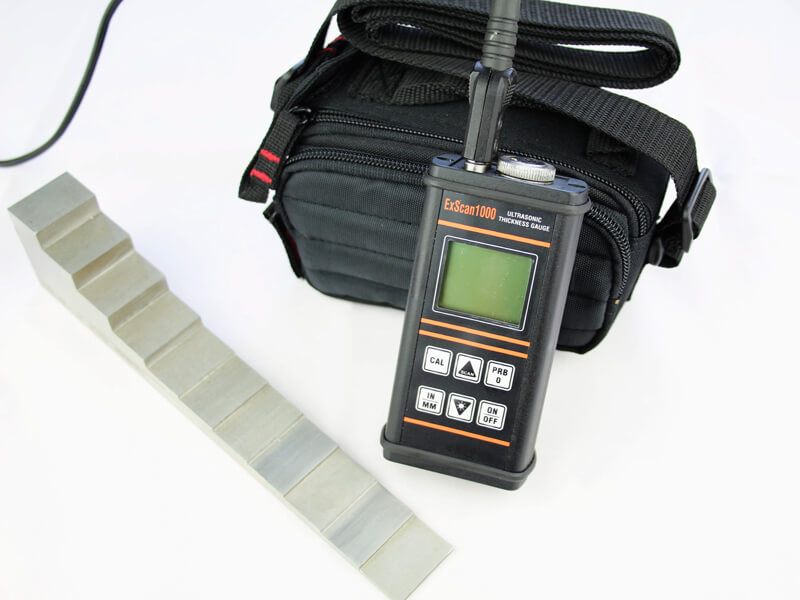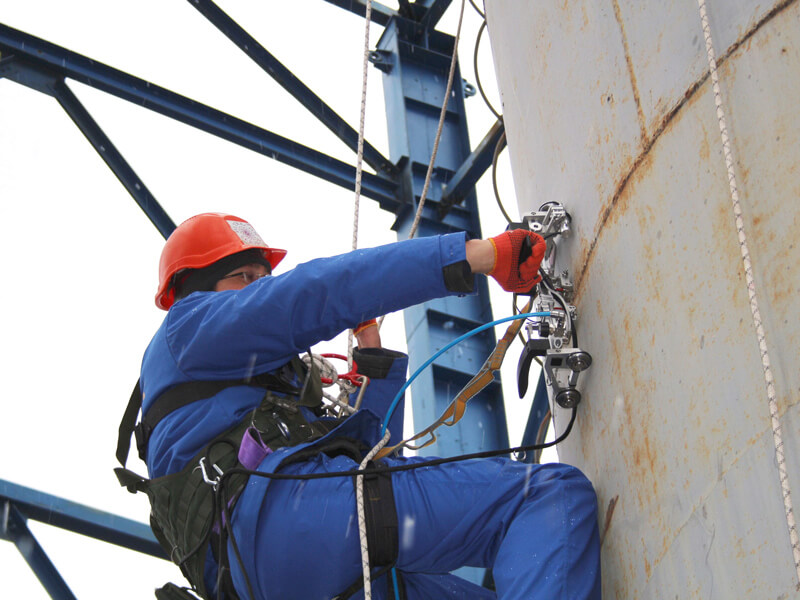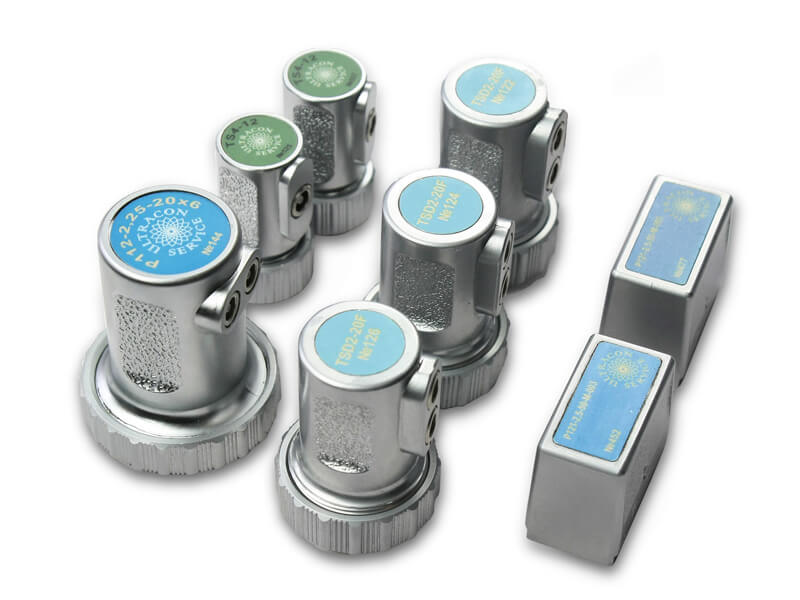UT: Inspection Tools and Techniques
Ultrasonic (UT) nondestructive flaw detection tools measure and present visualizations of their behavior of based on propagation and reflection of high-frequency (0.5 to 24 MHz) UT waves in a test object substance (steel, plastic, composites, rubber, etc.).
The tools identify, with their further processing and visualizing on a special-purpose NDT instrument (flaw detector) material defects (pores, hairlines, inclusions, inhomogeneities, etc.) for quality control of welding, soldering, etc. Ultrasonic examination is very important in the manufacturing and operation of numerous critical components, such as aircraft engine parts, pipelines and rails.

Basic UT techniques are as follows:
- Pulse Echo technique is the most common approach: a single probe acts as both transmitter and receiver, generating UT waves, which are reflected back from defects. This method is in wide use due to its simplicity: requiring only one probe means that there is no need for special fixtures or alignment of acoustic axes as required by a two-probe approach. In addition, it is one of the few ultrasonic NDE procedures that ensures accurate measurement of defect coordinates, pinpointing depth and location in the test object.
- Echo Image technique (also known as “Tandem” or “Duet”) utilizes two probes placed on the same side of a test item. Waves generated by the transmitter probe are reflected from flaws towards the receiver. It is generally used for recognizing defects oriented perpendicular to the test surface, such as cracks.
- Time-of-Flight Diffraction technique (ToFD) utilizes two probes placed on opposite sides of a test item. If a defect has sharp edges (for instance, cracks), UT waves are diffracted from the defect ends and reflected in all directions, including towards the receiver. The ultrasonic machine compares the original and the reflected pulses, and the instrument screen displays an accurate estimate of both the location and the upper and lower boundaries of the defect. ToFD inspection is quite a multipurpose technique that allows to perform ultrasonic testing of welds of any complexity; however, it requires specialized fixing devices for the probes and a tester capable of operating in ToFD mode.
- Echo Shadow technique is used for the examination of products with two parallel faces, transmitting signals from one side and analyzing their echoes reflected from the opposite side. The concept is similar to that utilized by the Through-Transmission technique; however, unlike Through-Transmission, Echo Shadow only requires access to one side of the test object.






